Gain insights into how the Bible's references to clothing reveal deeper spiritual meanings, inviting a fresh perspective on familiar stories.
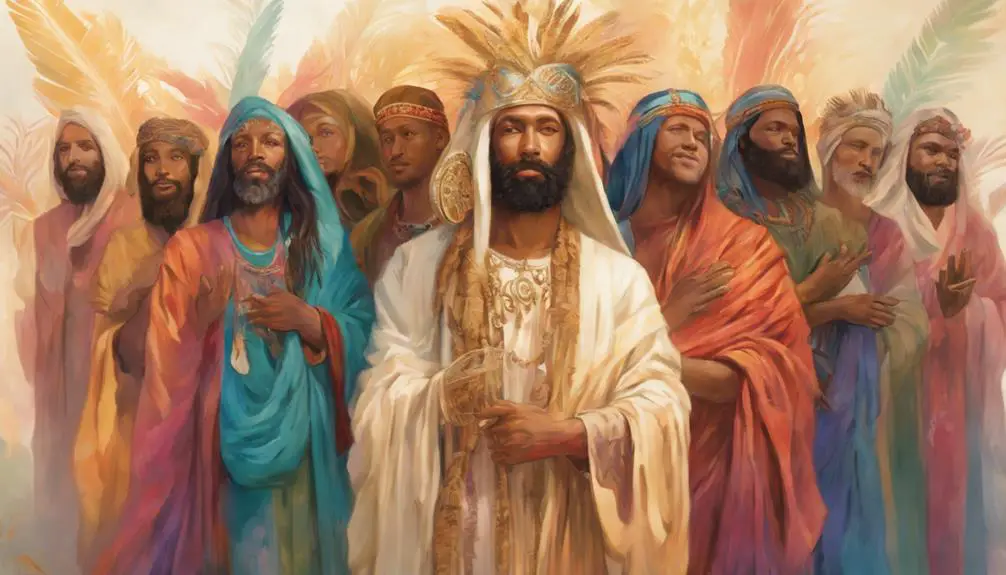
Spiritual Clothing in the Bible
Have you ever considered how clothing in the Bible isn't just about fabric but carries deeper spiritual meanings?
You're likely familiar with the fig leaves Adam and Eve sewed together or Joseph's vibrant robe, but there's more beneath the surface. These garments aren't just historical wardrobe choices; they're rich with symbolism, reflecting themes of sin, identity, and redemption.
As you explore further, you'll uncover how the Bible's references to clothing offer profound insights into human nature and God's relationship with humanity. This journey will reveal layers of meaning that might just change the way you view the biblical narrative.
Key Takeaways
- Garments in the Bible symbolize spiritual states, societal status, and divine relationships.
- Clothing metaphors in Scripture convey theological concepts, including sin, redemption, and righteousness.
- Robes and attire signify roles and destinies, as seen in narratives like Joseph's story and the High Priest's garments.
- Christ's seamless garment underscores unity, perfection, and his mediating role in Christianity.
The Meaning of Garments
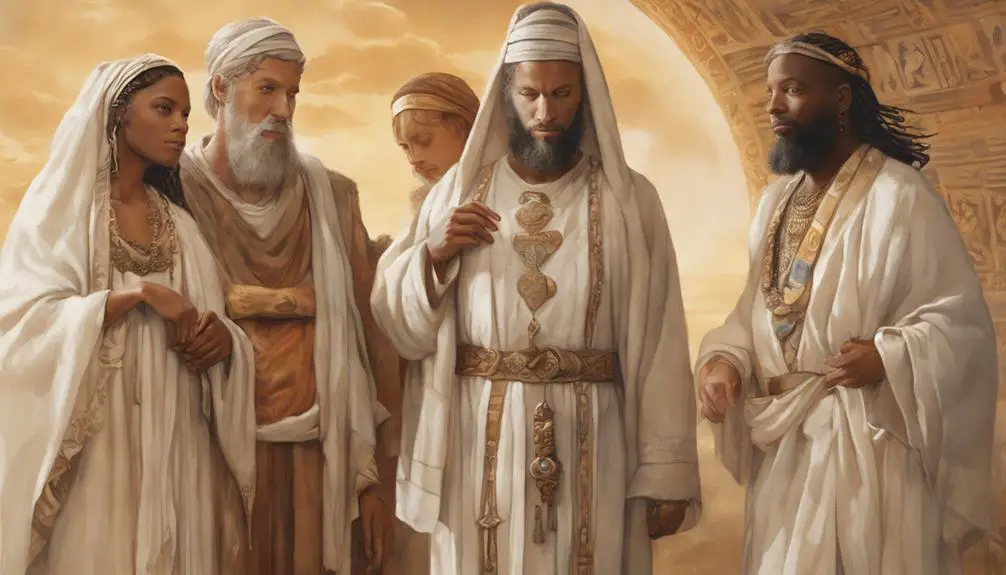
In analyzing the biblical context, garments symbolize more than mere clothing; they often represent one's spiritual state and societal status. This layer of garment symbolism permeates the scripture, offering a rich tapestry of meaning that extends beyond the physical to the metaphysical realm. As you delve deeper, you'll find that clothing metaphors are strategically employed to convey complex theological concepts and ethical teachings.
For instance, righteousness in the Bible is often depicted as a garment that one wears. This imagery serves to illustrate the transformative effect of divine grace on the human soul. It's not just about the outward appearance but signifies an inward change, a spiritual renewal that aligns one with the divine will. Similarly, the act of putting on new clothes can symbolize the shedding of old identities and the adoption of new roles within the biblical narrative.
These examples underscore the essential role of garment symbolism in biblical literature. They're not merely ornamental but are imbued with deep spiritual significance. They offer insights into one's relationship with the divine, the community, and oneself. Through this lens, you're invited to explore the multifaceted nature of spiritual clothing in the Bible.
Fig Leaves and Sin

One of the earliest biblical narratives involving clothing, the story of Adam and Eve's fig leaves, profoundly illustrates the complex relationship between sin and human attempts to conceal its consequences. This narrative, rich with garden symbolism, depicts the moment when human vulnerability first intersects with the concept of sin.
After disobeying God by eating the forbidden fruit, Adam and Eve's eyes are opened to their nakedness, symbolizing a loss of innocence and the dawn of self-awareness.
You'll notice that their immediate response is to sew fig leaves into makeshift garments. This act serves as a metaphor for human efforts to cover their moral failings and the shame that accompanies them. The fig leaves represent a primitive attempt at self-redemption, highlighting the instinctual human desire to hide one's imperfections from both the divine and from one another.
Furthermore, the choice of fig leaves within the context of garden symbolism underscores the futility of these efforts. Just as the leaves are an inadequate and temporary covering, so too are human attempts to mask their vulnerabilities and moral shortcomings. This narrative sets a precedent for the recurring theme throughout the Bible of clothing serving as a spiritual metaphor for sin and redemption.
Joseph's Colorful Robe
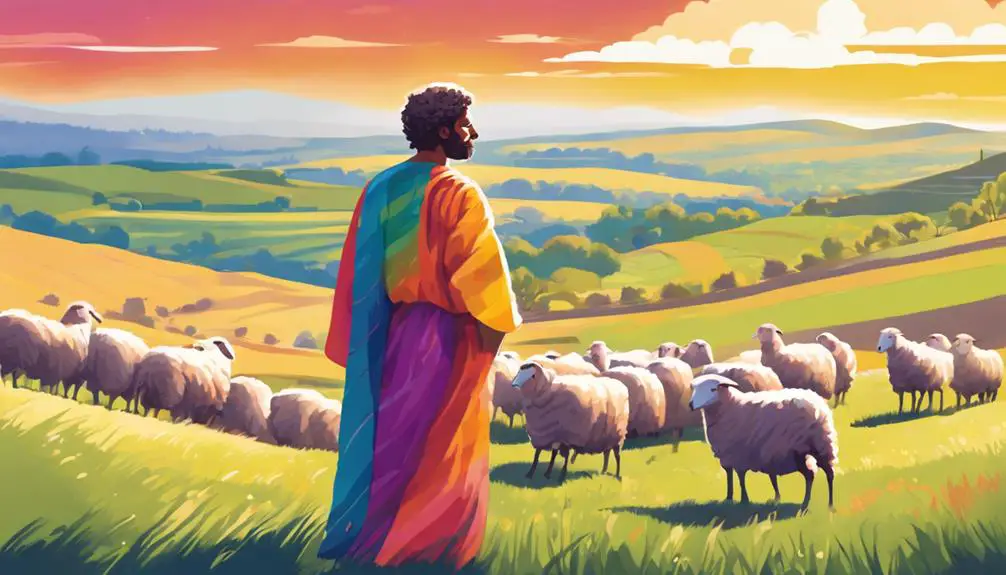
As we transition from the narrative of Adam and Eve's fig leaves to the story of Joseph and his colorful robe, it's crucial to understand this garment's profound symbolism within the biblical context. Joseph's robe, a gift from his father Jacob, symbolized favoritism, sparking intense family jealousy. This garment wasn't just a piece of clothing; it was a visual representation of Joseph's unique position within his family and his father's affection. The robe's vivid colors and the reaction it elicited from his brothers underline the complexities of human emotions and relationships, deeply rooted in the desire for approval and acceptance.
Joseph's dreams, often symbolized by his robe, also play a critical role in biblical narratives, embodying dream symbolism. These dreams foretold future events, highlighting the robe not just as an object of envy but as a symbol of Joseph's destined path of leadership and survival.
Aspect |
Significance |
|---|---|
Colorful Robe |
Favoritism and family jealousy |
Dreams |
Symbol of prophetic gifts and future greatness |
Gift from Jacob |
Father's preference and love |
Brothers' Reaction |
Envy and the beginning of Joseph's trials |
Symbolism |
Destiny, leadership, and survival |
Analyzing Joseph's colorful robe offers insights into divine favor, human emotion, and the intricate tapestry of family dynamics, enriching our understanding of biblical narratives.
The High Priest's Attire
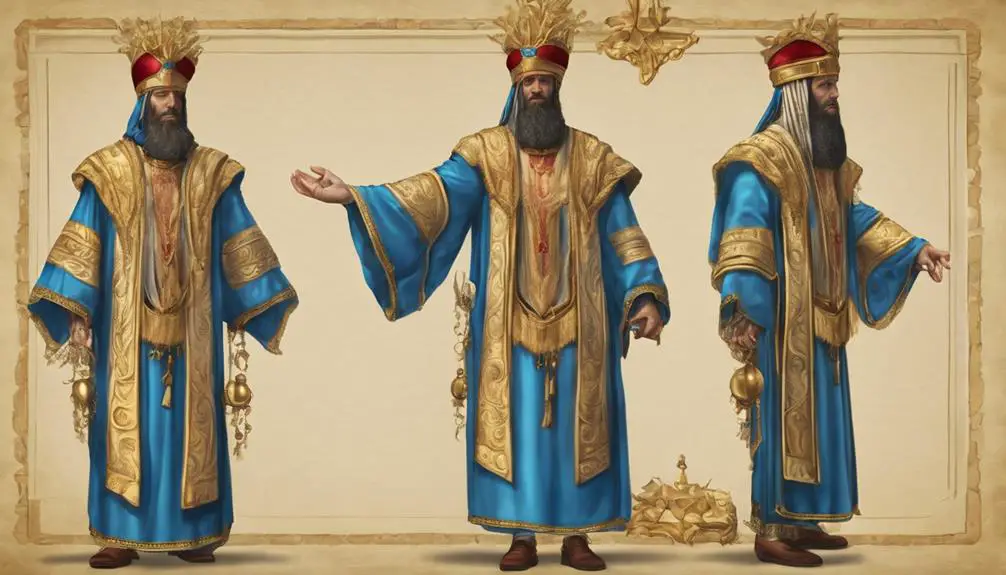
Shifting focus from Joseph's colorful robe, we now examine the High Priest's attire, which embodies spiritual significance and divine ordination within the biblical tradition. This specialized clothing, detailed in the scriptures, isn't just ornamental; it serves as a constant reminder of the High Priest's role in mediating between the divine and the Israelites, emphasizing the sacred symbolism and ceremonial functions inherent in his duties.
The attire includes:
- A breastplate embedded with twelve stones, each representing one of the tribes of Israel, signifying unity and the priest's intercessory role.
- A blue robe, symbolizing the heavens and divine revelation, worn underneath the ephod, an apron-like garment, illustrating a connection to the divine.
- A turban with a golden plate engraved with 'Holy to the LORD,' underscoring the purity and set-apart status required of the High Priest.
- A Urim and Thummim, mysterious objects placed within the breastplate, used for divine guidance, highlighting the reliance on divine wisdom in decision-making.
Analyzing the High Priest's attire reveals a complex interplay of symbolism, where every thread and color serves a purpose, reinforcing the sacred duties and ceremonial functions pivotal to the spiritual and communal life of ancient Israel.
Christ's Seamless Garment

In the narrative of the New Testament, Christ's seamless garment emerges as a symbol laden with theological significance, representing unity and perfection within the Christian faith. This garment, mentioned at the crucifixion, holds profound garment symbolism, underscoring the indivisible nature of Jesus' teachings and the church. Unlike ordinary garments that are woven in pieces and then sewn together, this seamless robe signifies a wholeness that mirrors the undivided and complete doctrine of Christianity.
Delving into the historical context, the seamless garment not only differentiates Christ from others by its unique make but also connects Him to the high priesthood, echoing the High Priest's attire in its singularity and sacredness. This parallel draws a direct line from Old Testament practices to the New Covenant, emphasizing Jesus' role as the ultimate mediator between God and humanity.
As you reflect on this, you come to appreciate how early Christians might've perceived Jesus' seamless garment as a tangible representation of a new, unified covenant with God, devoid of divisions and seams. This interpretation enriches the understanding of garment symbolism in the Bible, offering a deeper insight into the fabric of Christian theology.
Frequently Asked Questions
How Does Spiritual Clothing Relate to Contemporary Fashion Trends Inspired by Biblical Narratives?
You're exploring how contemporary trends in fashion interpret Biblical motifs, weaving these ancient narratives into modern styles.
These fashion interpretations don't just mimic biblical garments but rather draw inspiration from the themes, symbolism, and stories they represent.
This connection bridges the gap between past and present, allowing today's designers to infuse spiritual significance into their collections, making ancient wisdom wearable and relevant in today's fashion-forward society.
Are There Any Significant Differences in the Spiritual Symbolism of Clothing Between the Old and New Testaments?
Yes, there are significant differences in the spiritual symbolism of clothing between the Old and New Testaments.
In the Old Testament, garment metaphors often reflect status and covenant relationships, exemplified by priestly vestments symbolizing holiness and service.
In contrast, the New Testament shifts towards garments representing moral purity and salvation, like putting on the 'armor of God' or being clothed in Christ's righteousness, highlighting a more personal, spiritual transformation.
How Have Interpretations of Spiritual Clothing in the Bible Influenced Modern Religious Practices and Ceremonies?
You'll find that interpretations of spiritual attire have deeply influenced modern religious practices and ceremonies.
Clerical dress, for example, isn't just about tradition; it's a visual representation of spiritual authority and commitment.
Similarly, garment rituals in various faiths serve as tangible links to scriptural teachings and communal identity.
These practices aren't merely for show; they're rooted in centuries of theological interpretation, embodying beliefs and guiding the faithful in their spiritual journey.
Can the Concept of Spiritual Clothing Be Linked to the Notion of Identity and Self-Expression in Biblical Times?
Absolutely, the concept of clothing as a marker of identity and self-expression was pivotal in ancient societies. Over 60% of art from that era depicts distinct garments symbolizing status and belief. This deeply roots in cultural influences and personal transformation, reflecting how individuals and communities communicated their values and changes within.
Analyzing this through a scholarly lens reveals that attire wasn't merely functional but a profound expression of self and collective identity.
In What Ways Has the Artistic Representation of Biblical Characters and Their Garments Impacted the Perception of Spiritual Clothing Over the Centuries?
Artistic license and cultural reinterpretation have significantly influenced how you perceive spiritual clothing through depictions of biblical characters. Artists over centuries have adapted these garments in their works, often reflecting their own era's styles and values.
This evolution in representation hasn't only shaped your understanding of biblical narratives but also how you associate specific virtues and qualities with these spiritual garments, blending historical accuracy with contemporary interpretation.
Conclusion
In sum, the tapestry of spiritual clothing in the Bible weaves a profound narrative. From the fig leaves symbolizing humanity's fall to Christ's seamless garment representing unbroken divinity, these garments aren't mere fabric but carry deep theological significance.
Like a mirror reflecting our spiritual conditions, they reveal truths about sin, identity, and redemption. Analyzing them offers not just a glimpse into biblical times but also enriches our understanding of spiritual symbolism, stitching together the sacred with the tangible.

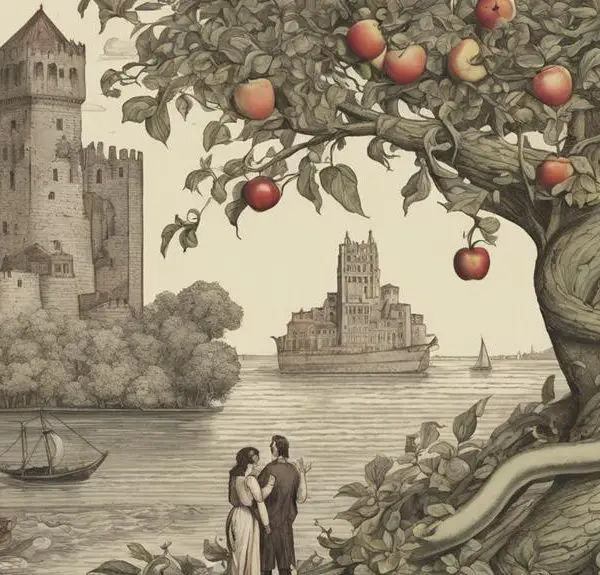
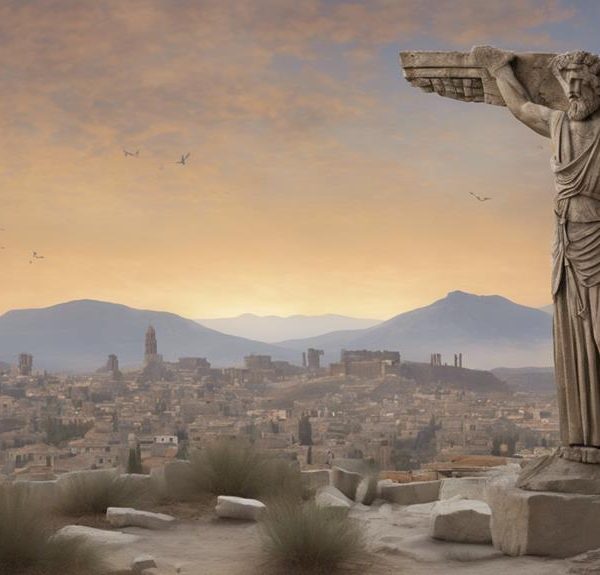
Sign up